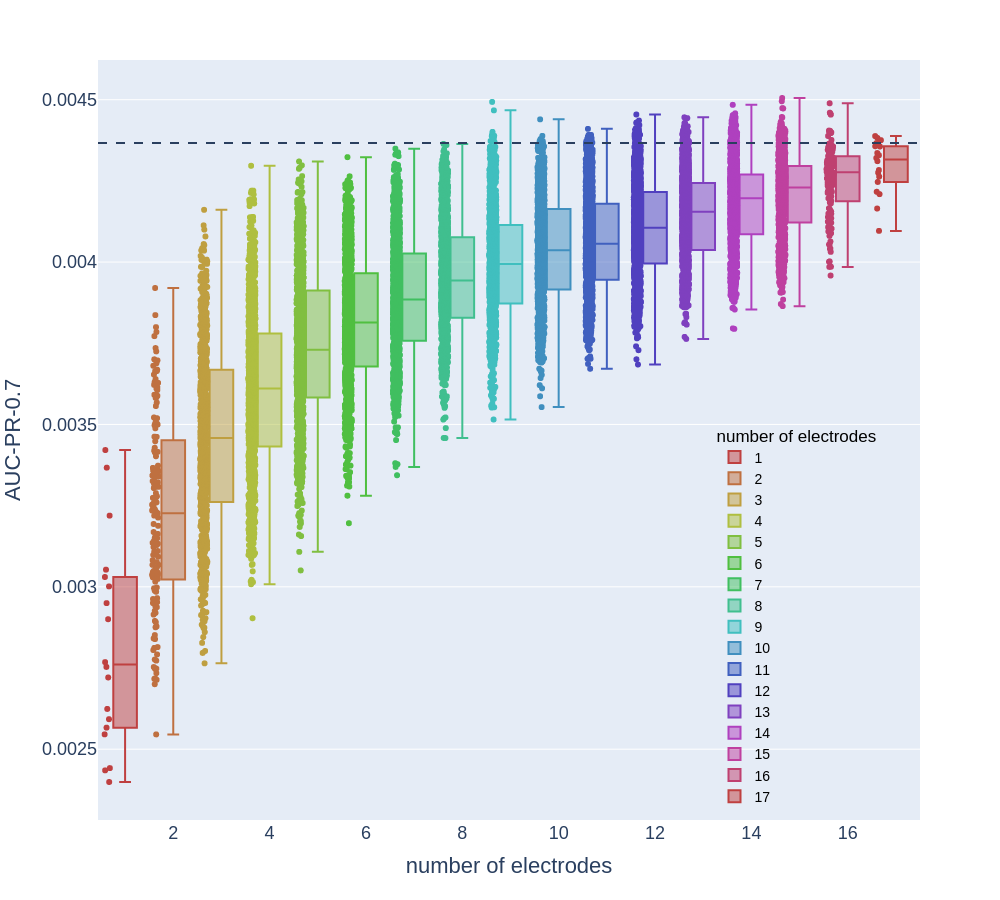Prof. Oren Shriki

At NeuroHelp, we're building Epiness—a groundbreaking wearable device that detects and predicts epileptic seizures using EEG and AI. But an important question arises in designing any wearable EEG system: How many electrodes are enough to detect seizures accurately, and where should they be placed?
In our recent peer-reviewed study, published in Sensors (2023), we tackled this challenge head-on.
The motivation behind the research is clear: while traditional hospital-grade EEG setups use 19 or more electrodes, such systems are impractical for daily use. Most wearable solutions today use only a few electrodes—and often suffer in performance. We wanted to find the sweet spot between clinical performance and user comfort.
So we asked: Can we identify a smaller subset of electrodes that offers high detection accuracy across different patients and seizure types?
To find the answer, we used machine learning on a large dataset of EEG recordings from patients with epilepsy. We evaluated the performance of seizure detection models using various electrode combinations—ranging from a full 19-channel setup down to as few as 2 electrodes. Our goal was to simulate a real-world scenario, where we train a model on some patients and test it on unseen patients (i.e., patient-independent generalization).
The results were exciting:
We found that a carefully chosen subset of 8 electrodes provides nearly the same performance as the full clinical system—offering a realistic, comfortable configuration for a wearable device. This research guided the design of Epiness, which features 8 dry EEG electrodes in clinically optimized locations—providing high-quality seizure detection while remaining lightweight and user-friendly.
At NeuroHelp, we believe patients shouldn't have to choose between accuracy and comfort. This study is a crucial step in bridging that gap—and bringing seizure detection and prediction into the real world.
📄 Read the full paper here: Research Paper
Stay tuned as we continue translating this science into life-changing technology.